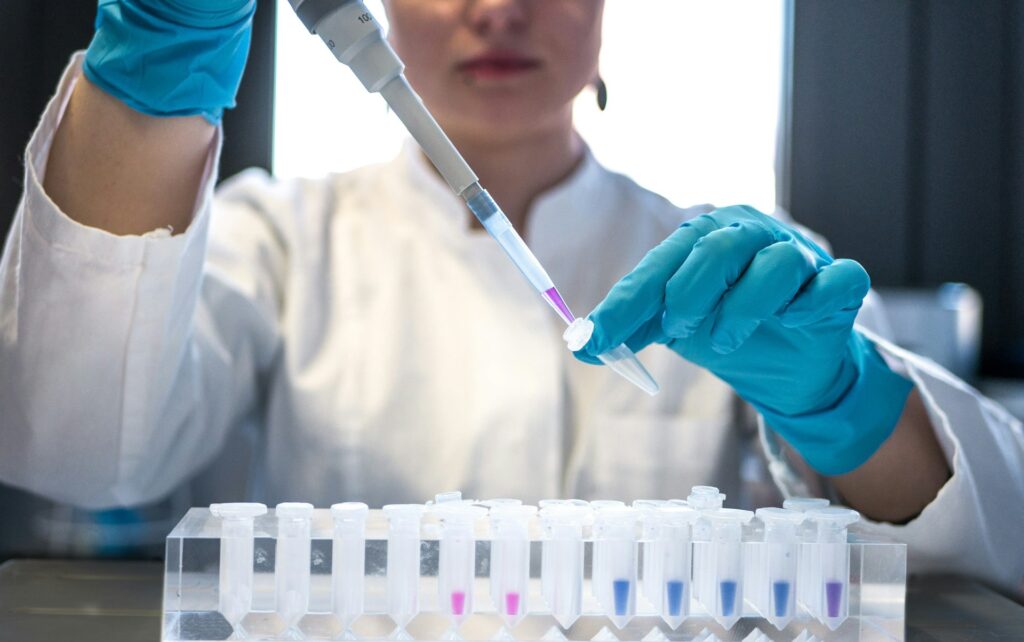
Leading the Way in Research Chemicals
Elevate Your Research Game with Forever Young Research

About Us
At Forever Young Research, we’re obsessed with supplying top-notch research chemicals that’d make even the pickiest lab rats squeak with joy (not that they’re invited to the party—these are strictly for non-human use).
Our mission? To arm scientists with the purest, most reliable peptides and liquids this side of a Bunsen burner, so they can push the boundaries of discovery without worrying about sketchy quality.
We’re all about integrity, safety, and being the gold standard—think of us as the research chemical equivalent of a five-star chef who never skips the taste test. Every batch is scrutinized harder than a lab intern’s first hypothesis, ensuring unmatched purity and consistency.
Our goal? To establish enduring collaborations with researchers, providing superior products and technical support to drive innovative outcomes in diverse fields of study, cheering them on like caffeinated lab techs at a science fair.
Their breakthroughs? Our high score.
Research Peptides and Liquids
All peptides and liquids are presented within the framework of non-human research, highlighting their experimental utility in cell cultures, rodents, or other models, in accordance with US regulations governing research chemicals (not intended for human consumption).
Here is a compilation of 12 peptides and liquids tailored for non-human research applications, prioritizing their relevance in experimental settings rather than clinical or therapeutic contexts. Each description underscores the peptide’s significance in research studies, commonly carried out in vitro or in animal models, aligning with Forever Young Research’s focus on the non-human research chemical sector.
Semaglutide
A GLP-1 receptor agonist, semaglutide is widely used in non-human research to study metabolic pathways in rodent and cell culture models. Researchers investigate its effects on glucose metabolism, insulin sensitivity, and appetite regulation, exploring potential mechanisms for obesity and diabetes interventions, as well as its impact on cardiovascular and renal systems in experimental settings.
PT-141 (Bremelanotide)
A melanocortin receptor agonist, PT-141 is studied in non-human research for its effects on sexual behavior and neurological pathways. Experiments in animal models focus on its stimulation of melanocortin receptors to understand libido enhancement, mood regulation, and potential applications in behavioral neuroscience, with interest in receptor-specific signaling cascades.
Exenatide
A GLP-1 receptor agonist, exenatide is used in non-human studies to explore glucose homeostasis and pancreatic beta-cell function in rodent models. Research investigates its role in modulating insulin and glucagon secretion, as well as its neuroprotective effects in experimental models of neurodegenerative diseases, aiming to uncover mechanisms for metabolic and cognitive health.
Dulaglutide
A long-acting GLP-1 receptor agonist, dulaglutide is employed in non-human research to study chronic metabolic effects in animal models. Experiments focus on its prolonged action in regulating blood glucose, body weight, and lipid metabolism, with additional studies exploring its potential in renal and cardiovascular protection in diabetic rodent models.
BPC-157
A synthetic peptide derived from a gastric protein; BPC-157 is a staple in non-human research for its regenerative properties. Studies in rodents and cell cultures examine its ability to accelerate healing of muscles, tendons, and nerves, as well as its anti-inflammatory and gut-protective effects, with applications in models of tissue injury and gastrointestinal disorders.
TB-500 (Thymosin Beta-4)
A synthetic peptide, TB-500 is used in non-human research to investigate tissue repair and angiogenesis. Experiments in animal models explore its promotion of cell migration and vascular growth, particularly in muscle and tendon injury models, with studies targeting its mechanisms in wound healing and fibrosis reduction.
GHK-Cu
A copper-binding tripeptide, GHK-Cu is extensively studied in non-human research for its role in tissue remodeling. In vitro and animal studies focus on its stimulation of collagen synthesis, antioxidant activity, and wound healing, with applications in skin regeneration models and investigations into its neuroprotective potential in brain injury models.
Sermorelin
A growth hormone-releasing hormone analog, sermorelin is used in non-human research to study growth hormone signaling. Rodent and cell-based experiments explore its effects on muscle growth, fat metabolism, and cellular repair, with a focus on understanding aging-related decline and metabolic regulation in experimental models.
CJC-1295/Ipamorelin
A combination of a GHRH analog and ghrelin mimetic, this blend is popular in non-human research for enhancing growth hormone release. Studies in rodents investigate its impact on muscle hypertrophy, fat loss, and recovery, with applications in models of aging, sarcopenia, and metabolic optimization to understand hormonal regulation.
Melanotan II
A melanocortin receptor agonist, Melanotan II is used in non-human research to study pigmentation and behavioral responses. Experiments in animal models explore its stimulation of melanin production for UV protection studies, as well as its effects on appetite suppression and sexual behavior, targeting melanocortin pathways in neurological and metabolic research.
Tadalafil 30mg/ml (30ml)
A phosphodiesterase type 5 (PDE5) inhibitor, tadalafil liquid is studied in non-human research for its effects on vascular function. Experiments in animal models and tissue cultures examine its role in enhancing blood flow by increasing cyclic GMP levels, with applications in studying smooth muscle relaxation, pulmonary hypertension, and cardiovascular signaling pathways.
T3 Liothyronine 100mcg/ml (30ml)
A synthetic thyroid hormone (triiodothyronine), T3 liothyronine is used in non-human research to study metabolic processes. Rodent and in vitro studies explore its effects on basal metabolic rate, energy expenditure, and gene expression related to carbohydrate and lipid metabolism, particularly in models of hypothyroidism or metabolic dysfunction.
What Sets Us Apart
At Forever Young Research, we pride ourselves on being more than just a supplier of research chemicals. What sets us apart is our unwavering commitment to excellence in every aspect of our business. From the quality of our products to the level of customer service we provide, we go above and beyond to ensure that researchers have everything they need to succeed. Our dedication to innovation, integrity, and continuous improvement sets us apart as a trusted partner in the pursuit of scientific discovery.

Uncompromising Quality
We guarantee the highest purity and reliability through rigorous testing.

Integrity and Transparency
Trust us for honesty, integrity, and transparent practices.

Continuous Improvement
We are dedicated to evolving and staying ahead to serve you better.
Ready to experience the difference with Forever Young Research?
Contact us today to discover how our commitment to quality, innovation, and customer satisfaction can elevate your research endeavors.
Phone: 307-476-0307
Email: Coming Soon

Stay Connected – Coming Soon!
Stay tuned for our upcoming social media, where we’ll introduce a fresh standard of quality, innovation, and customer-focused service. Be part of the journey towards scientific advancement with us! For updates and exclusive insights, keep an eye on our website.
